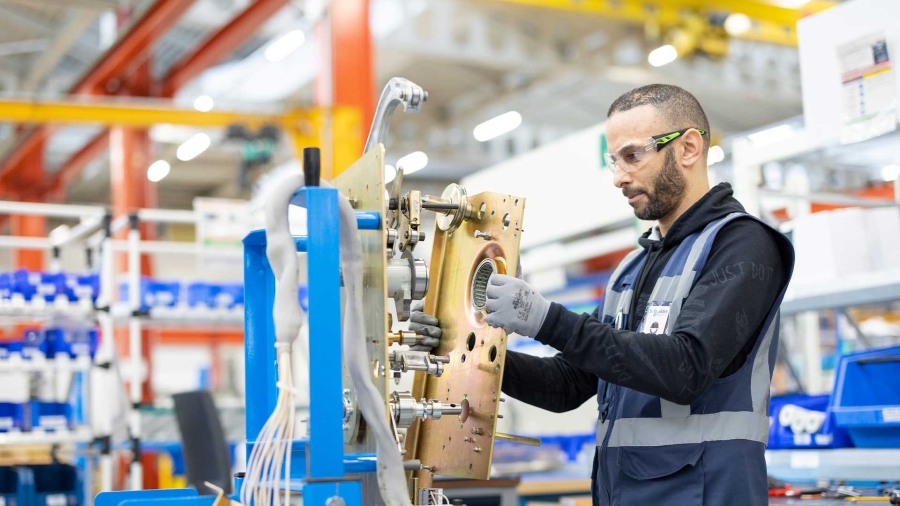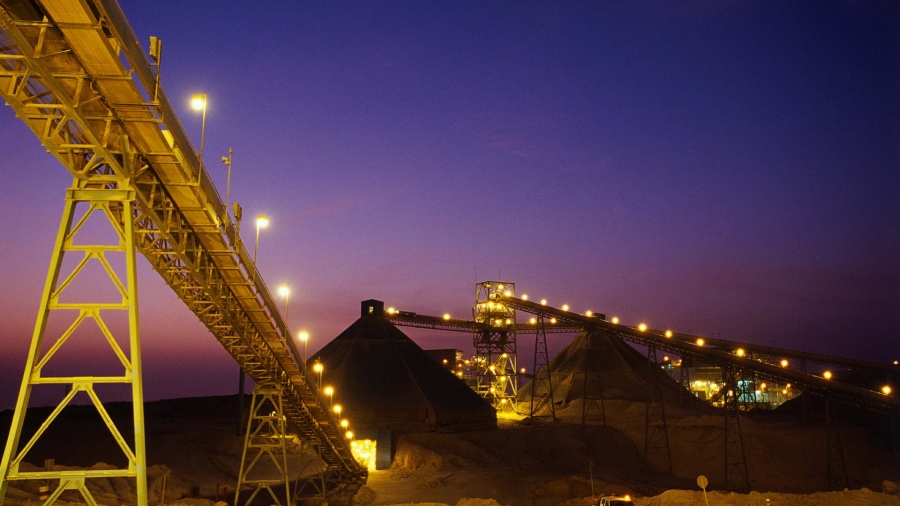Peter Herweck: The key to unlocking a net-zero future in industry is transforming the way industrial teams work through digitalization. Higher efficiency and more ambitious sustainability objectives are enabled today by technologies that provide real-time data to optimize and better automate industrial processes and energy management. But a successful corporate sustainability strategy needs to be designed and implemented end to end, to deliver concrete results across the business and its ecosystem. Effectively integrated, digitalization and sustainability drive deeper, broader change when they are aligned: according to Accenture, companies that integrate digital and sustainable transformations into their operations and value chains are two and a half times more likely to be among tomorrow’s best-performing businesses than those which don’t. Once more companies understand the opportunity, and put the sustainability and digitalization strategy in place, how can leading-edge technology accelerate the decarbonization of the industrial world?
Peter Weckesser: I agree, most sustainability challenges, related to the climate crisis and realizing the Paris Agreement, are inherently complex. They demand new thinking, actionable insights, scalable solutions, and expert partnership to drive change at a systemic level. This is where digitization becomes an imperative. Using a combination of data-centric insight and human ingenuity, companies across the world can drive decarbonization and accelerate their net zero transitions. But they can’t do it alone. We must partner with diverse businesses to help everyone ramp up on renewables as well as providing integrated digital solutions that help to abate emissions and boost circularity. How can industrial organizations seize the potential of digitization for greater sustainability?
Read more of this conversation on the World Economic Forum’s Agenda blog, where this piece was first published on May 21, 2022.














